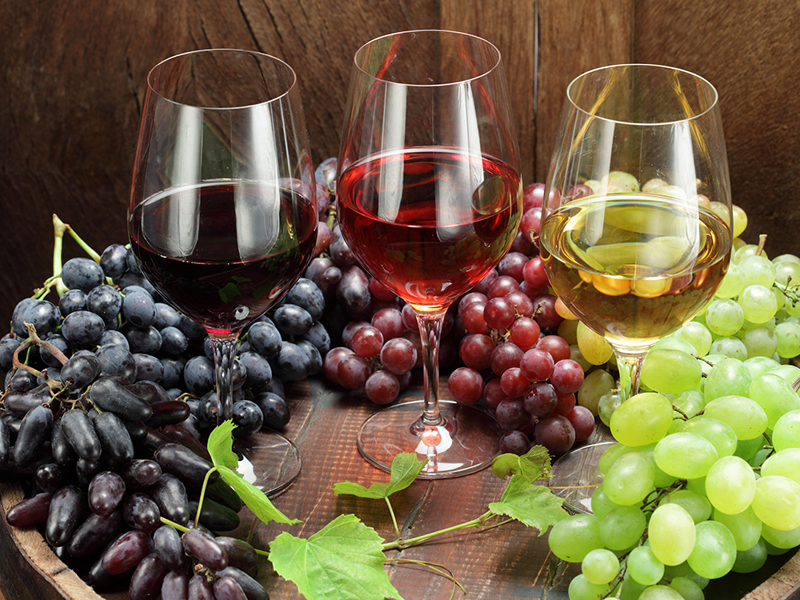When figuring away how to clean solid wood furniture, we should first identify and know very well what type of solid wood finish we’re dealing with. Many types of solid wood finishes are employed on furniture plus they all have to be cleaned in various ways with various cleaners as it was suggested by House Cleaning Columbus Ohio.
For instance, with unsealed wooden furnishings, you need to clean with damp-dust technique only. However, other styles of wood might enable more using cleaning / polishing products. Before we enter the easiest method to clean each kind of wood finish, have a look at these standard strategies for general treatment of wooden furniture:
Dust in direction of the grain. Years to do this help store unique patterns in the solid wood.
Any soft cloth can do, but smart cloths created from microfibers scoop up and keep hold of dust so you don’t merely change it somewhere else.
Go simple on the spray polish. As time passes, polish residue dulls solid wood. Lots of people grab the spray can because they love that just-polished smell simply. If that’s you, obtain an fresh air freshener and present your wood a r est.
est.
 est.
est.Other wood furniture cleansing tips
Use beeswax polish just on solid wood that hasn’t been lacquered. The wax is prevented by the lacquer from penetrating, so waste your time and effort simply smoothing it at the top don’t.
Very dilute whitened vinegar removes surface area stickiness about antique furniture. Add a several drops of vinegar to a mug of water, dip your cloth into the answer and wring it out then.
Work with a step-stool and the duster on the pole to dirt the tops of wardrobes along with other high dust-catchers. Or it is possible to take an easier method of help collect dust! Just drop linens of newspaper onto the very best of one's wardrobes and once in awhile carefully raise off the papers and fall them and the dirt that’s using them into the rubbish.
You’ll should do this carefully, however, you’ll tripped a dust storm otherwise. Take a big tray with you and remain on a step-stool while watching wardrobe. Lay a clear sheet of newspaper along with the dusty one. Fold the edges of both papers in to the center - and fall the lot on your tray, prepared to parcel up with the rubbish.





